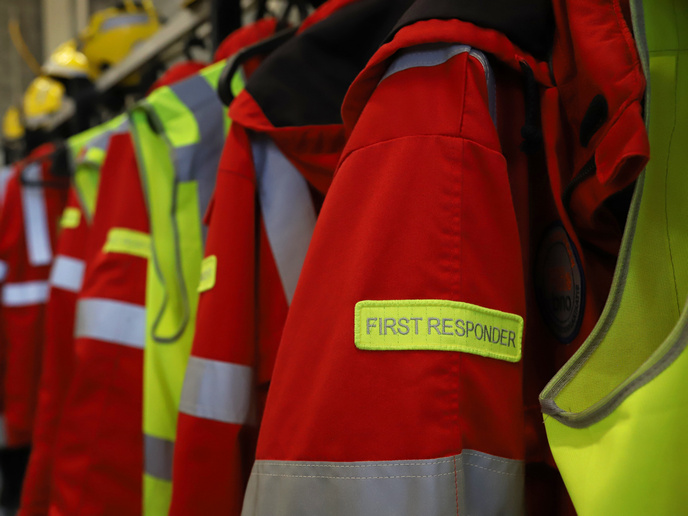New set of guidelines bring crisis resilience to the next level
Disaster – natural or man-made – can impact us all, from individuals to private and public organisations, and even governments. It calls for a capacity to bounce back, which will often take the shape of crisis management plans and procedures. DARWIN consortium members, however, argue that most existing strategies may need improvements. As Ms Ivonne Herrera, coordinator of the project on behalf of SINTEF, one of Europe's largest independent research organisations, points out: “Recent natural and man-made disasters have highlighted the limitations of these types of plans and procedures. At DARWIN, we believe that a more resilient approach is needed to prepare for, and deal with, both expected and unexpected events.” The EU-supported project believes more resilience essentially means taking the constantly growing scientific body of knowledge, bringing it together within a comprehensive set of resilience management guidelines and making it more tangible through a range of actionable knowledge/interventions via the use of serious games and simulation tools. DARWIN’s set of guidelines is the first of its kind, according to Herrera. Instead of being purely prescriptive, it takes into account the fact that some organisations may already be applying the right resilience management approaches without even knowing it. It can rather be seen as a benchmark, enabling organisations to take a critical stance on their existing crisis management plans and enrich them with DARWIN guidelines. The guidelines are also dynamic and user-friendly. “They cover a number of resilience management approaches using a total of 13 capability cards (CCs),” Herrera explains. “The tool proposes concrete interventions that could be implemented in organisations to enhance specific resilience capabilities.” Each CC deals with a specific topic, from establishing networks to communication with the public. A large community of 170 crisis management experts and researchers from 25 countries co-created and evaluated DARWIN’s guidelines. They provided expert feedback and evaluation during each step of the process, thereby ensuring that the use of guidelines will be sustained over the coming years. Applications in various fields To investigate and test their approach’s effectiveness, the project team decided to focus on healthcare and traffic management. They identified relevant interventions for both sectors as well as context-specific aspects for each critical infrastructure. “Our research found ways to enhance a number of practices and methods. For example, inspired by the Resilience Engineering discipline, we reflected on ‘what went well’ and not only ‘what went wrong’ when learning from events. The triggering questions, methods and tools included in the capability cards can be used to survey current practices, strategies, procedures and guidelines. For example, based on our guidelines and capability cards, a manager from the air traffic management domain decided to revise their emergency preparation plans,” Herrera says. Many participating experts, such as critical infrastructure crisis managers, have already begun implementing the DARWIN guidelines in their respective associations. The consortium hopes to ‘keep the momentum going’ and is currently looking for new funding opportunities at both national and EU level.
Keywords
DARWIN, resilience, crisis, guidelines







